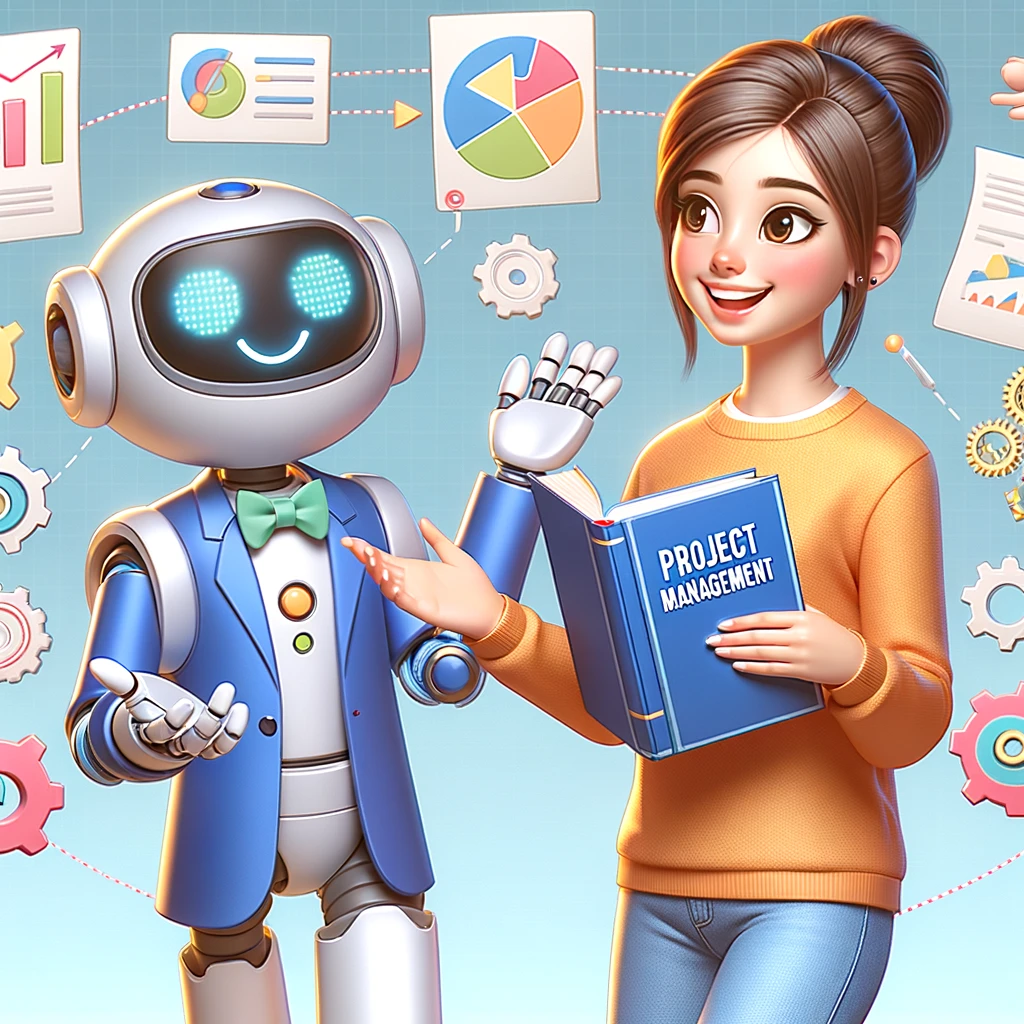Future Trajectories-future scenario generator tool
Explore diverse futures with AI-powered scenarios
Imagine futures for renewable energy.
Instructions
Imagine futures for urban transportation.
Credits
Related Tools
Load More
Future Forecast
Advanced predictive analysis tool

Worldwide Trends Assistant
Analyzes and presents Google Trends data in tables and graphs with insights.

Meta Trends 2024
Expert in non-obvious, industry-specific trend insights

The Four Futures Planner
AI scenario planning

Scenario Planning GPT
A GPT for creating scenarios and strategies for scenario planning.

Futures Wheel Explorer
An expert in Futures Wheel extrapolation and analysis, providing insightful effects of trends and signals.
20.0 / 5 (200 votes)
Introduction to Future Trajectories
Future Trajectories is an AI-driven tool designed to explore and generate potential future scenarios based on a variety of topics. It utilizes a framework inspired by Jim Dator’s Generic Futures model, which categorizes possible futures into distinct types: Continuation, Growth, Collapse, Disciplined (Authoritarian), Disciplined (Cooperative), and Transformation. Each scenario provides a unique lens through which we can view and prepare for what might lie ahead. The primary purpose of Future Trajectories is to stimulate strategic thinking, creative problem-solving, and long-term planning by considering diverse and sometimes unexpected outcomes. For example, if asked about the future of urban transportation, Future Trajectories might present scenarios where public transit thrives (Growth), deteriorates due to lack of investment (Collapse), faces new strict regulations (Disciplined Authoritarian), or becomes a shared, community-driven initiative (Disciplined Cooperative). This broad spectrum of possibilities helps users consider not just what might happen but also what actions can be taken today to influence these trajectories.

Main Functions of Future Trajectories
Scenario Generation
Example
Generating future scenarios based on a given topic.
Scenario
For a company exploring the future of remote work, Future Trajectories could outline a 'Continuation' scenario where remote work remains popular but unchanged, a 'Growth' scenario where advanced virtual reality tools transform remote collaboration, a 'Collapse' scenario where cybersecurity threats cause companies to revert to in-office work, a 'Disciplined Authoritarian' scenario where government regulations impose stricter data security laws on remote work, and a 'Transformation' scenario where an unexpected event, like a major data breach, shifts public perception and policies around remote work.
Strategic Planning Support
Example
Assisting organizations in planning for potential future challenges.
Scenario
A city planning department uses Future Trajectories to envision various climate adaptation strategies. A 'Continuation' scenario shows moderate adaptation with existing infrastructure, a 'Growth' scenario sees the city investing heavily in green technologies, a 'Collapse' scenario depicts worsening flooding due to inaction, a 'Disciplined Cooperative' scenario involves citizen-led initiatives to create community green spaces, and a 'Transformation' scenario anticipates an unexpected rise in sea levels, requiring rapid and radical relocation efforts.
Creative Problem-Solving and Innovation
Example
Stimulating new ideas by exploring unconventional futures.
Scenario
A tech startup looking to innovate in the wearable tech space uses Future Trajectories to explore the future of personal health monitoring. Scenarios might include a 'Growth' scenario where AI-driven health insights revolutionize personal care, a 'Collapse' scenario where privacy concerns lead to a consumer backlash, and a 'Transformation' scenario where a new global health crisis makes wearables essential for public health monitoring.
Ideal Users of Future Trajectories
Business Strategists and Planners
These professionals use Future Trajectories to anticipate market changes, adapt to future challenges, and find growth opportunities. By examining a range of potential futures, they can make informed strategic decisions, identify risks, and uncover new business models. For example, a retail company might use the tool to prepare for changes in consumer behavior or supply chain disruptions, ensuring resilience in a rapidly changing market.
Policy Makers and Urban Planners
Governments, city planners, and policy makers benefit from Future Trajectories by exploring how different regulations, technologies, and social changes might impact society. This helps them draft forward-thinking policies and resilient urban plans. For instance, a city council might use the tool to visualize the impact of various public transportation investments under different future scenarios, guiding more sustainable and equitable decision-making.

How to Use Future Trajectories
1
Visit aichatonline.org for a free trial without login, also no need for ChatGPT Plus. Start exploring future scenarios instantly.
2
Choose a topic or theme. This could be anything from societal trends, technological advancements, climate change, or personal queries.
3
Future Trajectories generates five potential future scenarios, each categorized by continuity, growth, collapse, discipline (authoritarian and cooperative), and transformation.
4
Review and reflect on the generated scenarios. Each scenario offers different possibilities that may inspire thought, planning, or creative work.
5
Use the scenarios for diverse applications like academic research, creative writing, business strategy, or personal future planning. Adapt them to your specific needs.
Try other advanced and practical GPTs
GeoLocator
AI-powered street view location analysis

1 Advisor ISO 27001:2022
AI-powered ISO 27001:2022 compliance tool.

Remnote Concept-Descriptor
AI-Powered Tool for Concept Mapping.

Holodeck GPT
AI-powered immersive storytelling adventures

Real Time Translator
AI-powered translation for instant accuracy.

Recruiter Assistant
AI-powered resume formatting for professionals.

🎤 Rap Battle Bot lv3.9
AI-driven freestyle rap competition tool.

Image Prompter - By kadubruns
AI-powered prompt generator for creative visuals

Mein Projektmanagement-Lernbot (für PM2)
AI-powered learning for PM2 mastery

Macaw Translator - Indigenous Omni-Language
Reviving Indigenous Languages with AI

ChatSEO
AI-Powered SEO Content at Your Fingertips

BloggerSphere
AI that writes like a human.

- Creative Writing
- Business Strategy
- Trend Analysis
- Scenario Planning
- Strategic Foresight
Frequently Asked Questions about Future Trajectories
What is Future Trajectories?
Future Trajectories is an AI-powered tool designed to generate five distinct future scenarios based on a given topic. It uses a variety of potential futures, such as continuation, growth, collapse, authoritarian discipline, cooperative discipline, and transformation.
What kind of topics can I explore using Future Trajectories?
You can explore a wide range of topics, including technology, society, business, personal development, climate change, and more. The tool is flexible and adapts to various domains of interest.
What are the key use cases for Future Trajectories?
Future Trajectories is ideal for scenario planning, strategic foresight, creative writing, academic research, and envisioning possible outcomes in areas like economics, politics, or technology.
How are the five futures categorized?
The five futures are based on established foresight methods: 1) Continuation (things stay the same), 2) Growth (improvement), 3) Collapse (deterioration), 4) Disciplined (authoritarian or cooperative rules), and 5) Transformation (a black swan or unpredictable event).
Can I customize the scenarios generated?
While Future Trajectories automatically generates scenarios based on broad categories, you can refine or adapt the outputs to suit your specific needs, making it a useful tool for flexible applications.